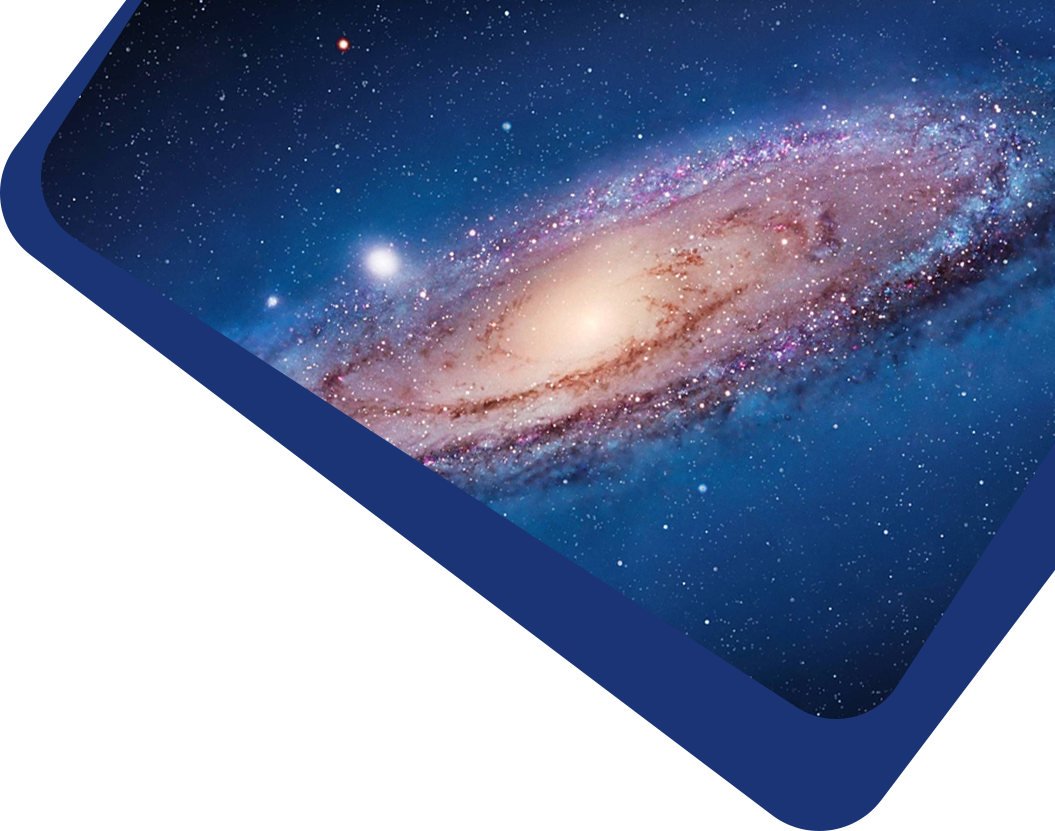

We present a detailed analysis of a double-lined spectroscopic binary system, Bo Gem, using data obtained from the Large Sky Area Multi-Object Fiber Spectroscopic Telescope (LAMOST) and the Transiting Exoplanet Survey Satellite (TESS). By applying spectral disentangling techniques to the LAMOST Medium Resolution Spectra, we determine the orbital parameters, including the orbital period of P = 4.0689 days, and semimajor axis of a = 14.90 ± 0.04 R⊙. The mass ratio between the two components is found to be q = 0.198 ± 0.006, with an inclination of i = 82.°3 ± 0.°13. The photometric data from TESS revealed periodic light variations due to the eclipsing nature of the system, allowing for the determination of the primary star’s radius as R1 = 1.68 ± 0.03 R⊙ and the secondary star’s radius as R2 = 3.68 ± 0.04 R⊙. The effective temperatures of the primary and secondary stars are measured to be Teff,1 = 9705 ± 50 K and Teff,2 = 5830 ± 22 K, respectively. By analyzing the disentangled spectra, we determined the stellar atmospheric parameters—including surface gravity and metallicity of both stars. These results not only confirm the double-lined spectroscopic binary status of Bo Gem, but also underscore its value as an important system for testing and refining stellar evolution models.
(stars:) binaries: eclipsing– (stars:) binaries: spectroscopic– (stars:) binaries: general
There are currently no refbacks.
It accepts original submissions from all over the world and is internationally published and distributed by IOP